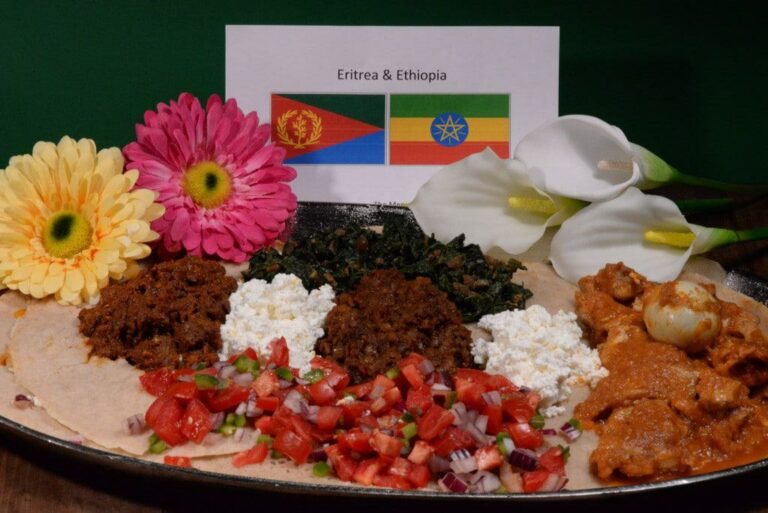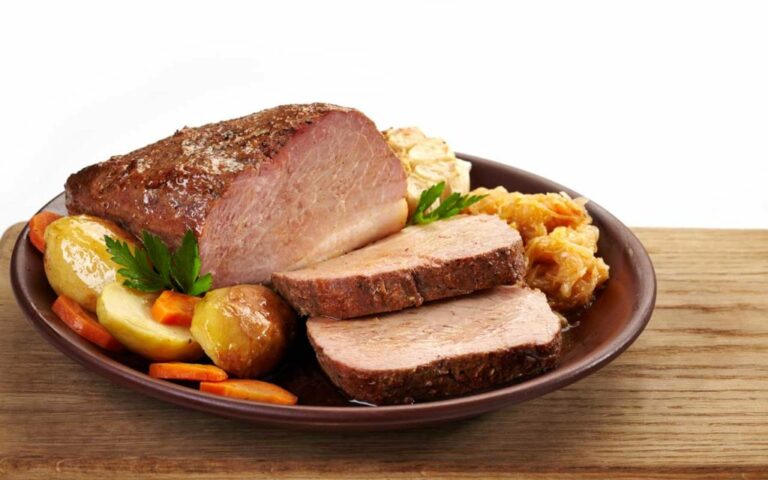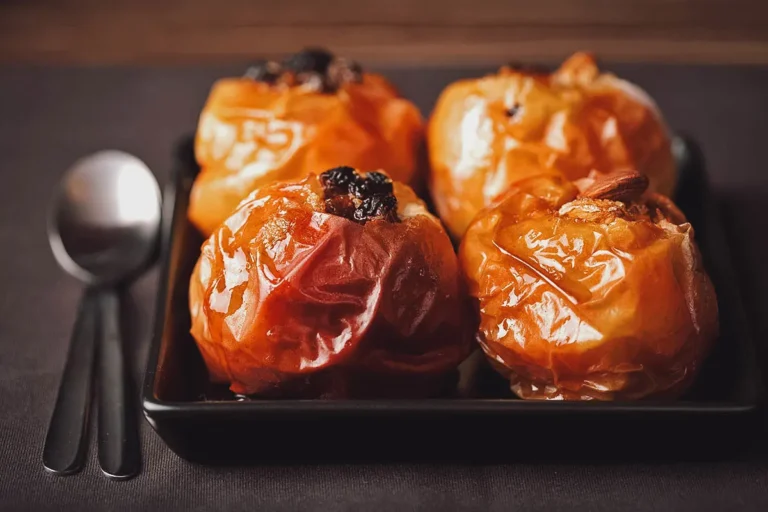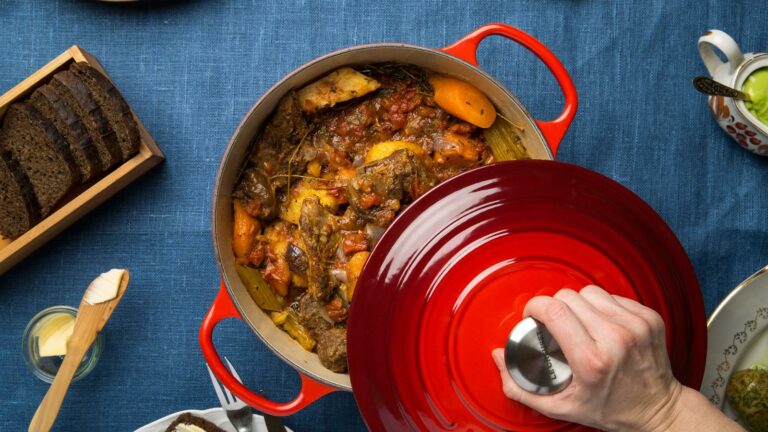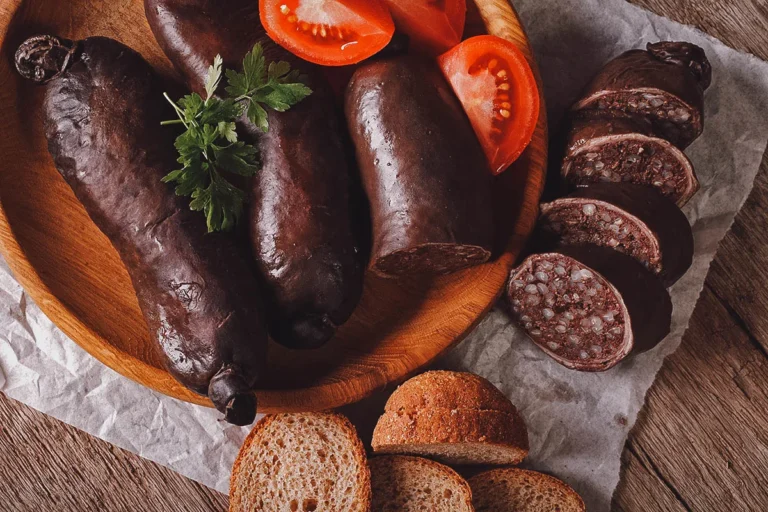Introduction: Street Food in Eritrea
Street food is a popular choice among locals and visitors in Eritrea. It offers a wide range of affordable and tasty foods that reflect the country’s cultural diversity. The popularity of street food has led to an increase in street vendors, making it important to ensure that hygiene and safety standards are met to prevent food contamination and related illnesses.
Food Safety Standards in Eritrea
The Ministry of Health in Eritrea regulates food safety standards and ensures that all food vendors comply with the regulations. The Food Safety and Control Department is responsible for enforcing the food safety regulations and setting standards for street food vendors. The government has also taken steps to raise public awareness about food safety through educational programs and campaigns.
Key Regulations for Street Food Vendors
To operate as a street food vendor in Eritrea, vendors must obtain a license from the Food Safety and Control Department. Vendors must also undergo health and safety training and obtain a health certificate. Furthermore, street food vendors must comply with strict regulations regarding the storage, handling, and preparation of food. These regulations include maintaining proper hygiene, using clean water, and ensuring that equipment and utensils used for food preparation are thoroughly cleaned and sanitized.
Guidelines for Food Handling and Preparation
The Ministry of Health has published guidelines for street food vendors regarding food handling and preparation. These guidelines provide instructions on how to properly store, handle, and prepare food, as well as how to maintain hygiene and cleanliness. Vendors are encouraged to follow these guidelines to ensure the safety of the food they sell.
Monitoring and Enforcement of Hygiene Standards
The Food Safety and Control Department regularly monitors street food vendors to ensure that they are complying with the regulations. The department also conducts random inspections and tests food samples to detect any potential contamination. Vendors who fail to comply with the regulations will be fined or have their licenses revoked.
Risk Factors for Street Food Contamination
Several risk factors contribute to the contamination of street food in Eritrea. These include improper storage, inadequate cooking, poor hygiene, and contaminated water. The hot and humid climate in Eritrea also presents a challenge in maintaining food safety standards.
Common Foodborne Diseases in Eritrea
Common foodborne illnesses in Eritrea include diarrhea, cholera, and typhoid fever. These illnesses are often caused by consuming contaminated food or water. To prevent the spread of these diseases, it is important to ensure that street food vendors adhere to strict hygiene and safety standards.
Conclusion: Ensuring Safe Street Food in Eritrea
Street food is an important part of Eritrean culture, and vendors play a vital role in providing affordable and tasty food to the public. However, it is important to ensure that street food vendors comply with food safety regulations to prevent food contamination and related illnesses. By following guidelines for food handling and preparation, maintaining proper hygiene, and complying with regulations, street food vendors can help ensure the safety of the food they sell. The government must continue to monitor and enforce food safety standards to protect the health of the public.

